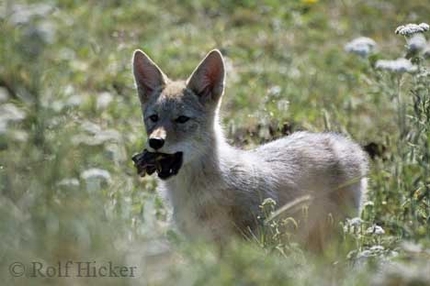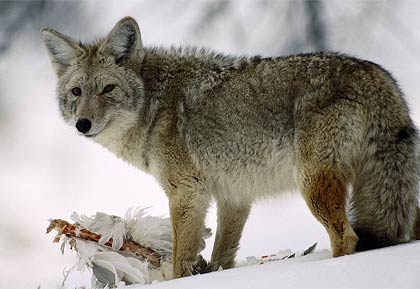Coyotes are most active at night and during early morning hours (especially where human activity occurs), and during hot summer weather. Where there is minimal human interference and during cool weather, they may be active throughout the day. Continue reading Coyote Biology and Behavior
Category: Predators & Varmints
Habitat and Food Habits of Coyotes
Many references indicate that coyotes were originally found in relatively open habitats, particularly the grasslands and sparsely wooded areas of the western United States. Whether or not this was true, coyotes have adapted to and now exist in virtually every type of habitat, arctic to tropic, in North America. Coyotes live in deserts, swamps, tundra, grasslands, brush, dense forests, from below sea level to high mountain ranges, and at all intermediate altitudes. High densities of coyotes also appear in the suburbs of Los Angeles, Pasadena, Phoenix, and other western cities. Continue reading Habitat and Food Habits of Coyotes
Identification of Coyotes
In body form and size, the coyote (Canis latrans) resembles a small collie dog, with erect pointed ears, slender muzzle, and a bushy tail. Coyotes are predominantly brownish gray in color with a light gray to cream-colored belly. Color varies greatly, however, from nearly black to red or nearly white in some individuals and local populations. Most have dark or black guard hairs over their back and tail. In western states, typical adult males weigh from 25 to 45 pounds (11 to 16 kg) and females from 22 to 35 pounds (10 to 14 kg). In the East, many coyotes are larger than their western counterparts, with males averaging about 45 pounds (14 kg) and females about 30 pounds (13 kg). Continue reading Identification of Coyotes
Economics of Bobcat Damage and Control
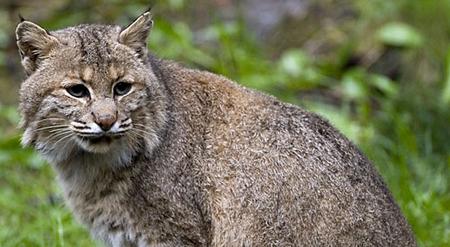
Damage by bobcats is rather uncommon and statistics related to this damage are not well developed. It’s very difficult to determine from what has and has not been killed by bobcats. In western states where data have been obtained, losses of sheep and goats have comprised less than 10% of all predation losses, so bobcats took only a small percentage of predator-killed livestock. Typical complaints of bobcat predation involve house cats and poultry allowed to roam at will in mountain subdivisions and ranches.
Bobcats are taken by trappers and by hunters using hounds and snares. The pelts are used for coats, trim, and accessories, the spotted belly fur being most valuable. Bobcat pelts are used for wall decorations and rugs. In recent years, North American bobcat harvests have produced about 25,000 pelts valued at $2.5 million annually. Aesthetically, the bobcat is a highly regarded carnivore and their pelts bring good money in fur trade. To others, the bobcat represents the essence of wildness in any habitat it occupies.
Trapping Bobcats
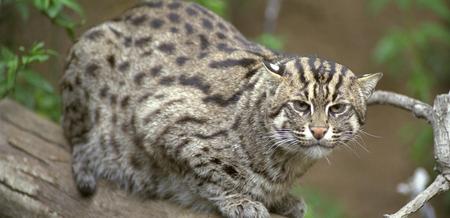
Bobcats are more easily trapped than are coyotes or foxes, but the bobcat’s reclusiveness makes set locations difficult to find. When hunting, bobcats use their sense of smell less than coyotes do, so lures and baits are usually not effective. The bobcat’s acute vision, hearing, and inquisitiveness however, can be capitalized upon. Even with the best sets, bobcats cannot be lured from their course of travel more than a few yards. The bobcat’s use of dense cover for capturing rodents and rabbits can be used in capture techniques to guide the animal or even its footsteps.
In the past, the demand for bobcat pelts was moderately high due to fur values. This had encouraged late fall and winter harvest periods. Also, the bobcat’s high fur quality attracts harvest for recreation or utility. If bobcat depredations are common over time, consider inviting a fur trapper to take bobcats during prime fur periods. Fewer bobcats may result in less competition for native foods and less depredation around the habitat they use. Continue reading Trapping Bobcats
Identification of Bobcat Damage
Bobcats are opportunistic predators, feeding on poultry, sheep, goats, house cats, small dogs, exotic birds and game animals, and, rarely, calves. Bobcats can easily kill domestic and wild turkeys, usually by climbing into their night roosts. In some areas, bobcats can prevent the successful introduction and establishment of wild turkeys or can deplete existing populations. Continue reading Identification of Bobcat Damage
Bobcat Biology and Behavior
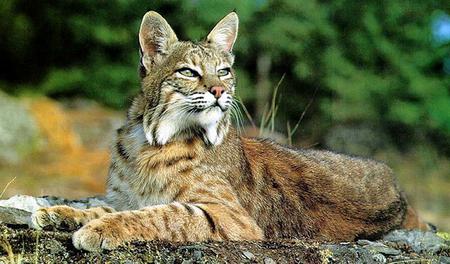
Bobcats are very secretive, solitary, and seldom seen by people in the wild. Bobcats are active during the day, but prefer to be crepuscular or nocturnal in habitats where they exists. Bobcats tend to travel well-worn animal trails, logging roads, and other paths. They use their acute vision and hearing for locating enemies and prey. Bobcats do not form lasting pair bonds. Mating can occur between most adult animals. In Wyoming, female bobcats reach sexual maturity within their first year but males are not sexually mature until their second year. Nationwide, breeding can occur from January to June. In Wyoming, breeding typically begins in February and the first estrus cycle in mid- March.
The gestation period in bobcats ranges from 50 to 70 days, averaging 62 days. Nationwide, young are born from March to July, with litters as late as October. The breeding season may be affected by latitude, altitude, and longitude, as well as by characteristics of each bobcat population. In Wyoming, births peak mid-May to mid-June and can occur as late as August or September. These late litters may be from recycling or late-cycling females, probably yearlings. In Utah, births may peak in April or May. In Arkansas, births may peak as early as March. Bobcats weigh about 2/3 pound at birth. Litters contain from 2 to 4 kittens. Kittens nurse for about 60 days and may accompany their mother through their first winter. Continue reading Bobcat Biology and Behavior
